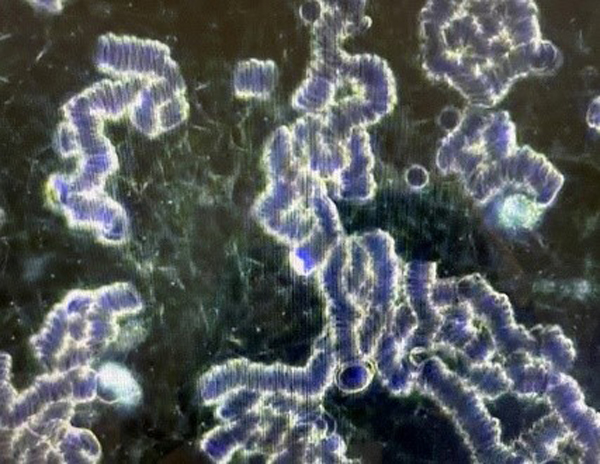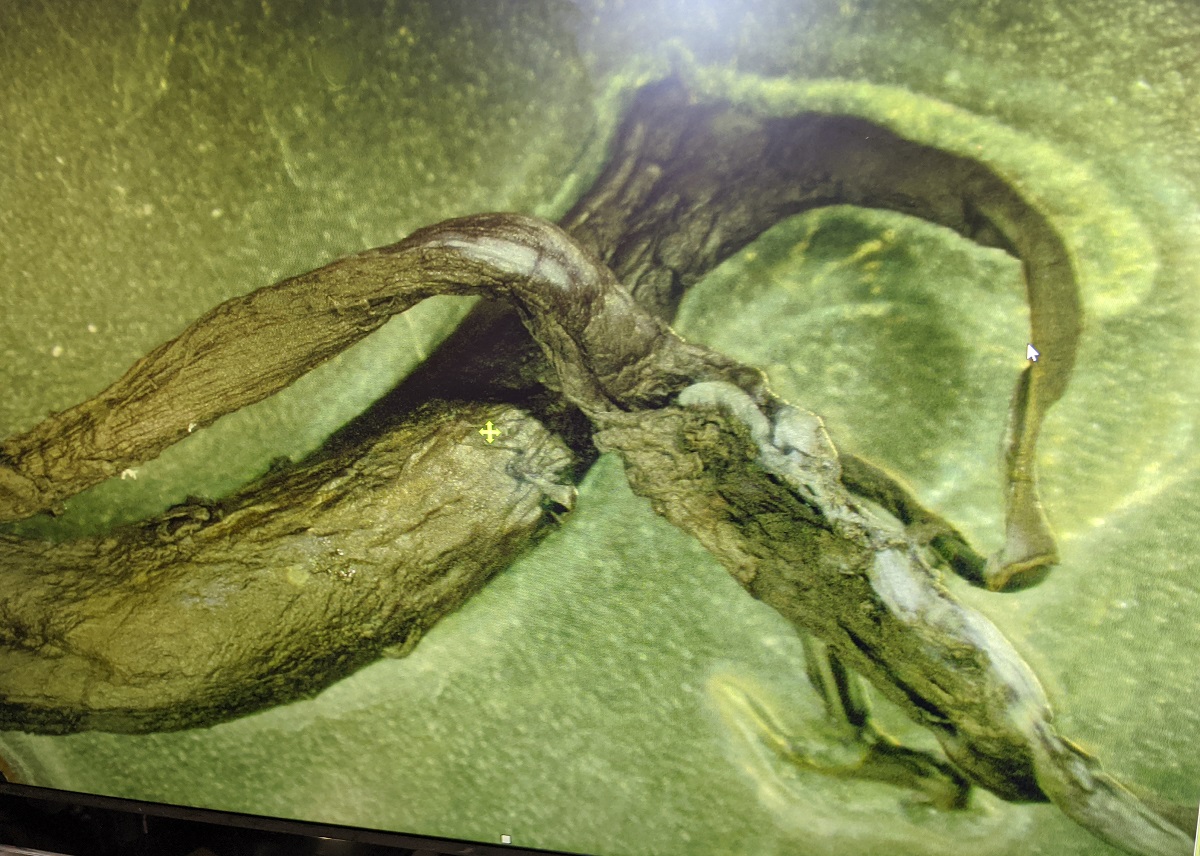Study suggests the ice age was caused by global cooling after a giant asteroid collision in space
12/21/2020 / By Virgilio Marin

An international team of researchers suggests that a massive asteroid collision in space may have triggered the ice age 460 million years ago. In a study published in the journal Science Advances, the researchers said that the breakup of an enormous asteroid sent massive amounts of debris whirring through the solar system, shrouding Earth with a thick blanket of cosmic dust that effectively blocked sunlight.
“Our results show for the first time that such dust, at times, has cooled Earth dramatically,” said lead author Birger Schmitz of Lund University in Sweden and the Field Museum of Natural History in Chicago.
Asteroid breakup showers Earth with dust
Geological evidence shows that Earth was plunged into an ice age during the Late Ordovician period, around 466 million years ago. This period was marked by the Great Ordovician Biodiversification Event, in which several new species emerged and the invertebrate animals at the time diversified. The proposed mechanism for this, according to Schmitz, is the Ordovician ice age. But it’s still unclear what triggered the global cooling event.
The researchers investigated if there’s any link between the ice age and the break-up of a 93-mile-wide rock in the asteroid belt, which the team said still delivers meteors to Earth to this day. The team searched for space dust in Late Ordovician sediments found in a Swedish quarry and compared the dust to tiny micrometeorites from Antarctica as reference. The quarry was rich in meteorites that share the same composition with each other, suggesting that they are all debris from the same asteroid collision.
“We studied extraterrestrial matter, meteorites and micrometeorites in the sedimentary record of Earth,” said co-author Philipp Heck of the University of Chicago and the Field Museum. “And then we extracted the extraterrestrial matter to discover what it was and where it came from.”
To extract the extraterrestrial matter, the researchers soaked the ancient rocks with acid that ate away the stone and isolated cosmic materials, such as micrometeorites and cosmic dust. The team ensured that these fragments came from space by looking for isotopes that rarely appear in Earth’s rocks. For instance, helium atoms that lack a neutron are rare on Earth, which means that rocks or dust with such isotopes may have originated from space.
By applying these measures, the researchers found that enormous amounts of fine-grained dust reached Earth shortly after the breakup of the asteroid. “Normally, Earth gains about 40,000 tons of extraterrestrial material every year. Imagine multiplying that by a factor of a thousand or ten thousand,” said Heck. (Related: Does cosmic rain explain climate change? Cosmic rays “rain down” through the atmosphere, influencing the weather.)
Sea levels fell dramatically worldwide immediately after the dust arrived, coinciding with the start of the Ordovician ice age, according to the researchers. “The timing appears to be perfect,” Schmitz said.
Dust shower triggers diversification of life forms
The authors noted that the dust likely floated down to Earth over at least two million years, causing a gradual cooling that enabled life to adapt to the colder temperatures. In fact, according to the researchers, this period of global cooling may have proved beneficial to life, spurring new species and prompting the biodiversification event.
“[This] global cooling was a gentle nudge. There was less stress,” said Heck.
The findings of the study provide new lessons for climate research, especially as scientists are now seeking various artificial methods to cool Earth. One proposed solution is to place asteroids in orbit around Earth in such a way that they continuously liberate fine dust and partly block incoming sunlight.
But while the dust shower during the Later Ordovician had been a boon for life, Heck was wary about such geoengineering projects and said: “[If] something goes wrong, things could become worse than before.”
Discoveries.news has more on scientific discoveries about the Earth’s history.
Sources include:
Submit a correction >>
Tagged Under:
ancient history, asteroid collision, asteroids, breakthrough, Climate, cosmic dust, discoveries, Earth, ice age, Ordovician period, real history, research
This article may contain statements that reflect the opinion of the author
RECENT NEWS & ARTICLES
COPYRIGHT © 2017 DISCOVERIES NEWS





















